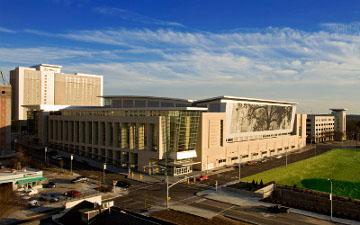
Geometric Methods in Computational Mechanics
John A. Evans, Michael A. Scott, Thomas J.R. Hughes
Many differential systems arising in engineering mechanics exhibit important geometric structure, often in the form of topological constraints, conservation or balance laws, symmetries, positivity structures, or maximum principles. Additionally, for many applications of interest, the geometry of the underlying domain plays a significant role in solution behavior. Consequently, numerical methods which do not preserve geometry are generally plagued by a lack of robustness. For example, methods which do not inherit the differential geometric structure of the Maxwell's equations yield physically spurious eigenmodes, and stress computations on meshes where fillets have been removed exhibit nonphysical stress singularities at corners and edges. This has inspired the development of computational technologies which preserve important geometric features. Examples of such technologies include isogeometric analysis, finite element exterior calculus, mimetic finite differences, symplectic integrators, and energy/entropy stable schemes. The purpose of this minisymposium is to bring together expects in computational geometry, differential geometry, and analysis who are interested in developing these computational technologies.










